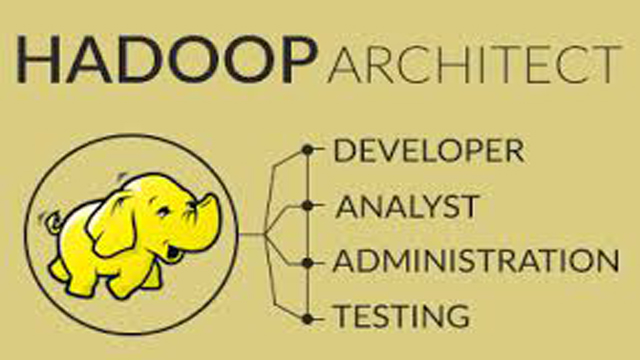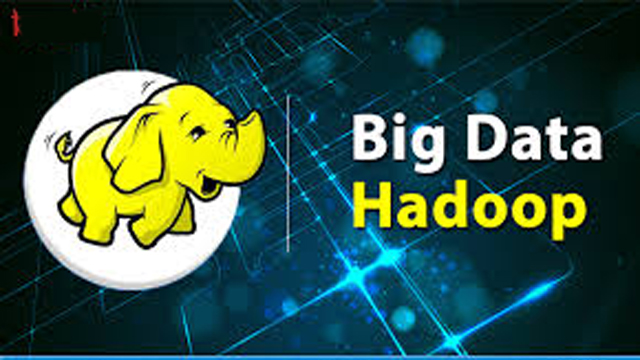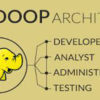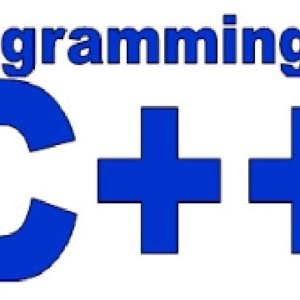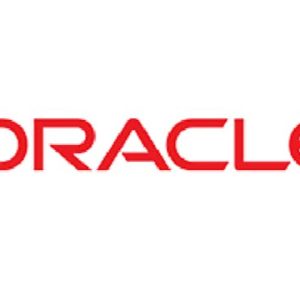Course Description
Hadoop Development course teaches the skill set required for the learners how to setup Hadoop Cluster, how to store Big Data using Hadoop (HDFS) and how to process/analyze the Big Data using Map-Reduce Programming or by using other Hadoop ecosystems. Attend Hadoop Training demo by Real-Time Expert.
Course – Topics
Introduction to Hadoop
- High Availability
- Scaling
- Advantages and Challenges
Introduction to Big Data
- What is Big data
- Big Data opportunities,Challenges
- Characteristics of Big data
Introduction to Hadoop
- Hadoop Distributed File System
- Comparing Hadoop & SQL
- Industries using Hadoop
- Data Locality
- Hadoop Architecture
- Map Reduce & HDFS
- Using the Hadoop single node image (Clone)
Hadoop Distributed File System (HDFS)
- HDFS Design & Concepts
- Blocks, Name nodes and Data nodes
- HDFS High-Availability and HDFS Federation
- Hadoop DFS The Command-Line Interface
- Basic File System Operations
- Anatomy of File Read,File Write
- Block Placement Policy and Modes
- More detailed explanation about Configuration files
- Metadata, FS image, Edit log, Secondary Name Node and Safe Mode
- How to add New Data Node dynamically,decommission a Data Node dynamically (Without stopping cluster)
- FSCK Utility. (Block report)
- How to override default configuration at system level and Programming level
- HDFS Federation
- ZOOKEEPER Leader Election Algorithm
- Exercise and small use case on HDFS
Map Reduce
- Map Reduce Functional Programming Basics
- Map and Reduce Basics
- How Map Reduce Works
- Anatomy of a Map Reduce Job Run
- Legacy Architecture ->Job Submission, Job Initialization, Task Assignment, Task Execution, Progress and Status Updates
- Job Completion, Failures
- Shuffling and Sorting
- Splits, Record reader, Partition, Types of partitions & Combiner
- Optimization Techniques -> Speculative Execution, JVM Reuse and No. Slots
- Types of Schedulers and Counters
- Comparisons between Old and New API at code and Architecture Level
- Getting the data from RDBMS into HDFS using Custom data types
- Distributed Cache and Hadoop Streaming (Python, Ruby and R)
- YARN
- Sequential Files and Map Files
- Enabling Compression Codec’s
- Map side Join with distributed Cache
- Types of I/O Formats: Multiple outputs, NLINEinputformat
- Handling small files using CombineFileInputFormat
Map Reduce Programming – Java Programming
- Hands on “Word Count” in Map Reduce in standalone and Pseudo distribution Mode
- Sorting files using Hadoop Configuration API discussion
- Emulating “grep” for searching inside a file in Hadoop
- DBInput Format
- Job Dependency API discussion
- Input Format API discussion,Split API discussion
- Custom Data type creation in Hadoop
NOSQL
- ACID in RDBMS and BASE in NoSQL
- CAP Theorem and Types of Consistency
- Types of NoSQL Databases in detail
- Columnar Databases in Detail (HBASE and CASSANDRA)
- TTL, Bloom Filters and Compensation
HBase
- HBase Installation, Concepts
- HBase Data Model and Comparison between RDBMS and NOSQL
- Master & Region Servers
- HBase Operations (DDL and DML) through Shell and Programming and HBase Architecture
- Catalog Tables
- Block Cache and sharding
- SPLITS
- DATA Modeling (Sequential, Salted, Promoted and Random Keys)
- JAVA API’s and Rest Interface
- Client Side Buffering and Process 1 million records using Client side Buffering
- HBase Counters
- Enabling Replication and HBase RAW Scans
- HBase Filters
- Bulk Loading and Co processors (Endpoints and Observers with programs)
- Real world use case consisting of HDFS,MR and HBASE
Hive
- Hive Installation, Introduction and Architecture
- Hive Services, Hive Shell, Hive Server and Hive Web Interface (HWI)
- Meta store, Hive QL
- OLTP vs. OLAP
- Working with Tables
- Primitive data types and complex data types
- Working with Partitions
- User Defined Functions
- Hive Bucketed Tables and Sampling
- External partitioned tables, Map the data to the partition in the table, Writing the output of one query to another table, Multiple inserts
- Dynamic Partition
- Differences between ORDER BY, DISTRIBUTE BY and SORT BY
- Bucketing and Sorted Bucketing with Dynamic partition
- RC File
- INDEXES and VIEWS
- MAPSIDE JOINS
- Compression on hive tables and Migrating Hive tables
- Dynamic substation of Hive and Different ways of running Hive
- How to enable Update in HIVE
- Log Analysis on Hive
- Access HBASE tables using Hive
- Hands on Exercises
Pig
- Pig Installation
- Execution Types
- Grunt Shell
- Pig Latin
- Data Processing
- Schema on read
- Primitive data types and complex data types
- Tuple schema, BAG Schema and MAP Schema
- Loading and Storing
- Filtering, Grouping and Joining
- Debugging commands (Illustrate and Explain)
- Validations,Type casting in PIG
- Working with Functions
- User Defined Functions
- Types of JOINS in pig and Replicated Join in detail
- SPLITS and Multiquery execution
- Error Handling, FLATTEN and ORDER BY
- Parameter Substitution
- Nested For Each
- User Defined Functions, Dynamic Invokers and Macros
- How to access HBASE using PIG, Load and Write JSON DATA using PIG
- Piggy Bank
- Hands on Exercises
SQOOP
- Sqoop Installation
- Import Data.(Full table, Only Subset, Target Directory, protecting Password, file format other than CSV, Compressing, Control Parallelism, All tables Import)
- Incremental Import(Import only New data, Last Imported data, storing Password in Metastore, Sharing Metastore between Sqoop Clients)
- Free Form Query Import
- Export data to RDBMS,HIVE and HBASE
- Hands on Exercises
HCatalog
- HCatalog Installation
- Introduction to HCatalog
- About Hcatalog with PIG,HIVE and MR
- Hands on Exercises
Flume
- Flume Installation
- Introduction to Flume
- Flume Agents: Sources, Channels and Sinks
- Log User information using Java program in to HDFS using LOG4J and Avro Source, Tail Source
- Log User information using Java program in to HBASE using LOG4J and Avro Source, Tail Source
- Flume Commands
- Use case of Flume: Flume the data from twitter in to HDFS and HBASE. Do some analysis using HIVE and PIG
More Ecosystems
- HUE.(Hortonworks and Cloudera)
Oozie
- Workflow (Action, Start, Action, End, Kill, Join and Fork), Schedulers, Coordinators and Bundles.,to show how to schedule Sqoop Job, Hive, MR and PIG
- Real world Use case which will find the top websites used by users of certain ages and will be scheduled to run for every one hour
- Zoo Keeper
- HBASE Integration with HIVE and PIG
- Phoenix
- Proof of concept (POC)
SPARK
- Spark Overview
- Linking with Spark, Initializing Spark
- Using the Shell
- Resilient Distributed Datasets (RDDs)
- Parallelized Collections
- External Datasets
- RDD Operations
- Basics, Passing Functions to Spark
- Working with Key-Value Pairs
- Transformations
- Actions
- RDD Persistence
- Which Storage Level to Choose?
- Removing Data
- Shared Variables
- Broadcast Variables
- Accumulators
- Deploying to a Cluster
- Unit Testing
- Migrating from pre-1.0 Versions of Spark
- Where to Go from Here
